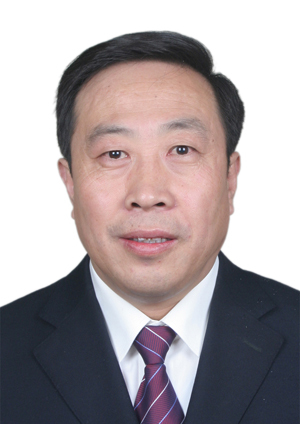Dengyuan Song
Solar Cells
chief technology officer in DAS Solar Co., Ltd,China
Email:d.song@d.song@das-solar.com
Biography
|
SONG Dengyuan has more than 38 years of experience in the research and development of solar cells, silicon materials and semiconductor photovoltaic devices. Dr. Song is a chief technology officer in DAS Solar Co., Ltd since 2022. Before joining DAS Solar, Dr. Song served also as the chief technology officer in Yingli Energy Co., Ltd from 2009-2021, leading R&D in silicon material, crystalline Si solar cell and technology of mass production. He is also the director of State Key Laboratory for Photovoltaic Material and Technology. He is a core member of the SEMI China PV Standards Technical Committee and a member of IEC technical committee TC82. Prior to joining Yingli, Dr. Song was a researcher at the University of New South Wales (UNSW) at the ARC Photovoltaics Centre of Excellence in Sydney, Australia from 2000-2009, where his research covered polycrystalline silicon cells, thin-film solar cells and third-generation solar cells based on nanotechnology. Before joining UNSW, he was a professor of microelectronic Engineering at Hebei University in Baoding, China. Dr. Song has published and presented over 265 papers in scientific and technical journals and at various PV industry conferences, and is a co-inventor on 30 patents. Dr. Song received his Bachelor’s degree in Microelectronics Engineering from Hebei University in China and his Ph.D. degree in Photovoltaic Engineering from UNSW in Australia. |
|
|
Abstract for Presentation
Development of industrial large-area passivated contact bifacial solar cells for high efficiency and low cost
|
P-type Si passivated emitter rear contact (PERC) solar cells continue to present terrestrial application, occupy up global ~90% PV market share in the end of 2021. The PERC solar cell decreases the optical and electrical losses by adding the dielectric passivation layer on the rear side. The material selected for the passivation layer is Al2O3/SiNx, in which Al2O3 layer followed by a deposited SiNx layer that can enhance the passivation effect because of protection of rear passivation film from metallization by SiNx. There is a rising interest in n-type Si for solar cell and module applications in recent years. This is because n-type solar cell holds great promise in view of its high efficiency potential, lack of light induced degradation (LID) and reduced sensitivity of the carrier lifetime towards impurities[1]. In recent years, an ultrathin SiOx has been successfully joined with doped poly-Si to form the passivating contact structure for n-Si solar cells. The solar cell with this type of oxide/poly-Si contact is named as TOPCon (tunnel oxide passivated contact) or POLO (poly silicon on oxide) . The TOPCon solar cells have seen tremendous growth in technology and efficiency since 2013 in laboratory and industry because of the TOPCon cell technology based on processes that are compatible with standard PERC cell and module manufacturing. An efficiency of 26% has achieved with both sides contacted cells [2]. The improvement in the efficiency of TOPCon solar cells proves that high performance solar cells can be produced in simple manufacturing steps. A new industrial solar cell with passivated contact (PC) by using N-type mono CZ silicon was developed in DAS Solar from 2019 with low cost by various technologies. The industrial production line of high efficiency N-type solar cells is reported on the CZ Si wafer area of 182*182cm2 . With the low-cost technologies, An average efficiency of mass production for mono c-Si PC cells has been improved over 24.7%, measured under STC 1000W/m2, AM1.5 global spectrum at 25oC. Processing technologies in details will be discussed in this paper.
References |
|
|
WELCOME TO CHINA TO ATTEND THE ICANS
23-26 August, Nanjing, China
Connect with us:



